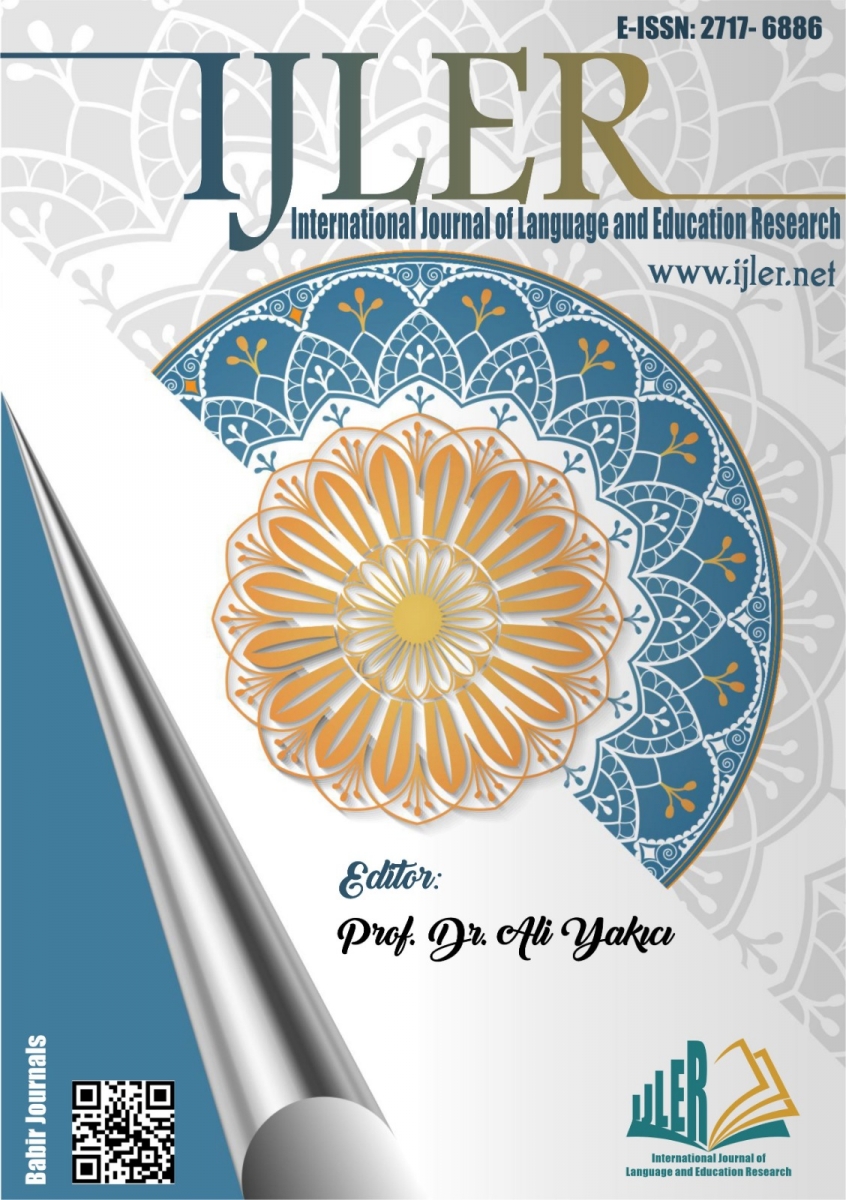Original article | International Journal of Language and Education Research 2023, Vol. 5(3) 134-148
Investigating the Influence of Home Language Use and Language Environment on the Late Development of English Speaking Skills in Thai Children Attending Australian Kindergartens
Bundit Anuyahong
pp. 134 - 148 | DOI: https://doi.org/10.29329/ijler.2023.594.7 | Manu. Number: MANU-2310-27-0001
Published online: December 12, 2023 | Number of Views: 11 | Number of Download: 173
Abstract
This research explores how the use of home language and the language environment influence the development of English speaking skills in Thai children attending Australian kindergartens. Using a mixed-methods approach, it investigates the relationship between home language exposure and English proficiency. The study involves Thai children, their parents, and kindergarten teachers, collecting data through questionnaires and language assessments. The findings will help us understand the impact of home language and the kindergarten environment on language development and can inform educational strategies for these children.
Keywords: Language acquisition in multicultural kindergartens, Home language impact on English proficiency, Bilingualism in Thai children
| How to Cite this Article? |
|---|
|
APA 6th edition Harvard Chicago 16th edition |
| References |
|---|
|
Au, T. K. (2019). Dual language development in bilingual children. In The Oxford Handbook of Bilingualism (pp. 53-70). Baker, C. (2011). Foundations of bilingual education and bilingualism. Multilingual Matters. Bialystok, E. (2011). Reshaping the mind: The benefits of bilingualism. Canadian Journal of Experimental Psychology/Revue canadienne de psychologie expérimentale, 65(4), 229-235. Bialystok, E. (1997). Cognitive effects of bilingualism: How linguistic experience leads to cognitive change. International Journal of Bilingualism, 1(1), 67-84. Cummins, J. (2001). Bilingual children's mother tongue: Why is it important for education? Sprogforum, 6, 15-20. Cummins, J. (2000). Language, power, and pedagogy: Bilingual children in the crossfire. Multilingual Matters. De Houwer, A. (2009). Bilingual first language acquisition. Multilingual Matters. Fleming, M., & Pavlenko, A. (2010). Language and culture in multilingual societies. The Blackwell handbook of language development, 340-358. Gándara, P., & Hopkins, M. (2010). Forbidden language: English learners and restrictive language policies. Harvard University Press. García, O. (2009). Bilingual education in the 21st century: A global perspective. John Wiley & Sons. Genesee, F. (2009). Dual language development in bilingual children. Handbook of childhood language disorders, 68-83. Grosjean, F. (2016). The complementarity principle and its impact on processing, acquisition, and dominance. In Psycholinguistic Approaches to Meaning and Understanding across Languages (pp. 171-191). Hoff, E., Core, C., Place, S., Rumiche, R., Senor, M., & Parra, M. (2012). Dual language exposure and early bilingual development. Journal of Child Language, 39(1), 1-27. Krashen, S. D. (1985). The Input Hypothesis: Issues and Implications. Addison-Wesley Publishing Company. Lindholm-Leary, K. J., & Borsato, G. (2006). Academic achievement. In F. Grosjean & P. Li (Eds.), The Psycholinguistics of Bilingualism (pp. 255-278). John Wiley & Sons. Pearson, B. Z., & Fernandez, S. C. (2001). Patterns of interaction in the lexical growth in two languages of bilingual infants and toddlers. Language Learning, 51(S1), 59-99. Smith, L. B. (2017). The multiple causation of language: Integrating social and cognitive constraints. In The Cambridge Handbook of Biolinguistics (pp. 32-55). Suarez-Orozco, C. (2001). Language acquisition and the making of a multicultural child. In T. K. Bhatia & W. C. Ritchie (Eds.), Handbook of bilingualism and multiculturalism (pp. 1-14). Wiley, T. G. (2001). From theory to practice: How the research on biliteracy informs the education of English language learners. The Elementary School Journal, 101(3), 273-288. |

